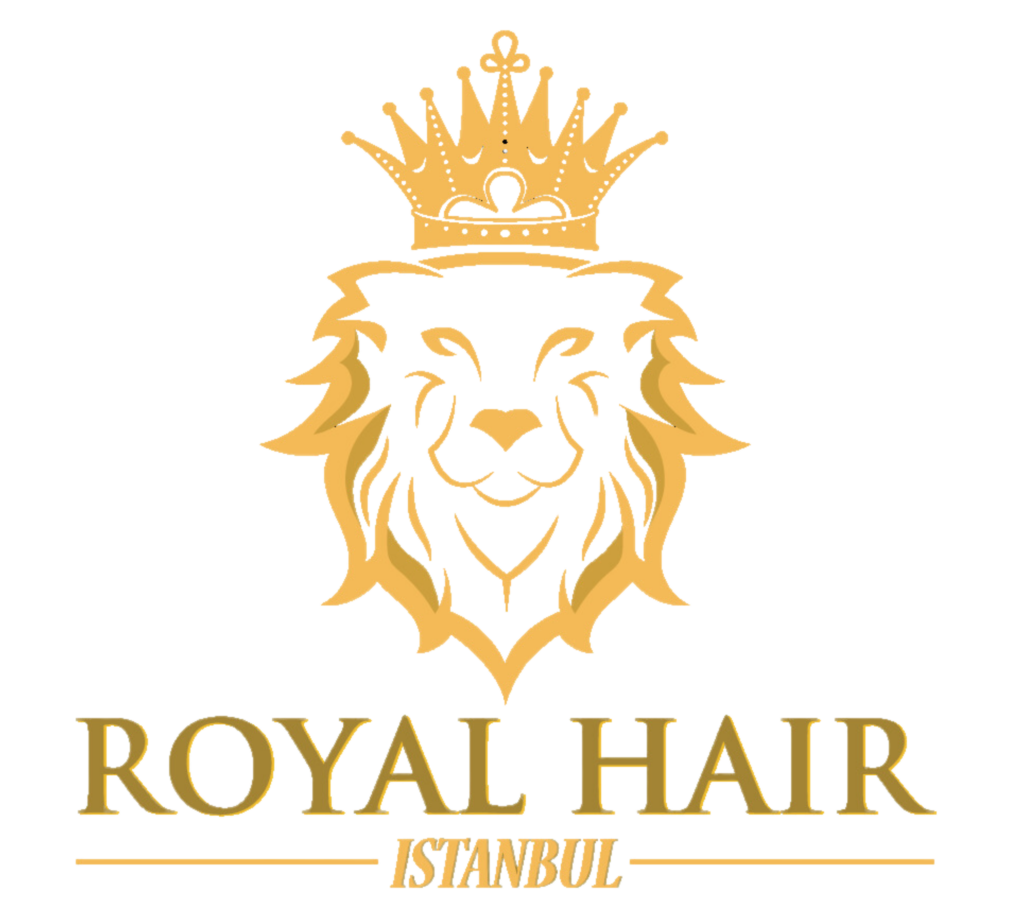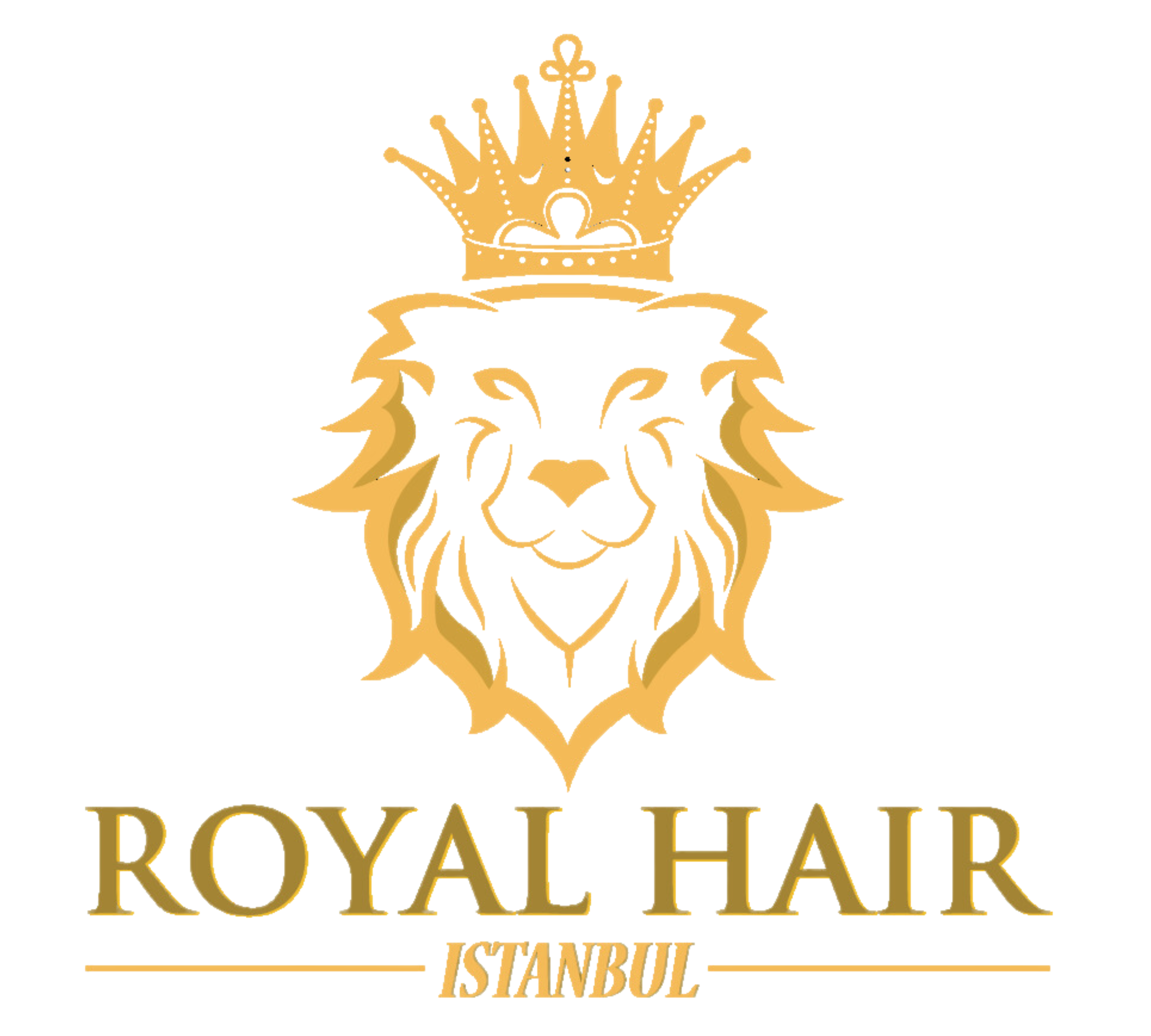Curly hair is a distinct and beautiful feature, but it can also be challenging when it comes to hair transplantation. Many people with curly hair may wonder if they can undergo a hair transplant to address hair loss issues. The answer is a resounding yes! Hair transplants are indeed possible for people with curly hair. This comprehensive article explores the various aspects of hair transplant for curly hair, including ideal techniques, advantages, challenges, and what to expect after the procedure. At Royal Hair Clinic in Tirana, Albania, you can expect top-notch care and exceptional results.
Hair Transplant Techniques for Curly Hair
Hair transplant surgery has evolved over the years, and today, it can handle all types of hair curvatures and textures for both men and women. However, the procedure for a curly hair transplant is a bit more complex and precise than straight hair transplants. The main reason is that hair shaft transection (the accidental cutting or harming of the hair bulb) is more likely to occur during the process. It is crucial to select a skilled and experienced surgeon who understands the nuances of curly hair transplantation, such as those at Royal Hair Clinic.
Follicular Unit Extraction (FUE)
Follicular Unit Extraction (FUE) is a technique that involves taking hair follicles or grafts from a donor site to the thinning or balding areas, referred to as the recipient site. FUE is the ideal hair transplant procedure for patients looking to restore their curly hair. Studies have shown that an experienced hair restoration surgery team using the right technology and punches designed for curly hair can significantly reduce the transection rate and produce great results.
Direct Hair Implantation (DHI)
Direct Hair Implantation (DHI) is another suitable method for curly hair transplant. With the DHI method, hair follicles are extracted one by one from the donor area and implanted directly into the recipient area. This technique minimizes the time hair follicles spend outside the body, ensuring better graft survival and higher chances of success.
The Benefits of Curly Hair Transplant Surgery
Curly hair transplantation offers several advantages, including:
- Enhanced appearance: Restores a natural, youthful look.
- Increased confidence: Boosts self-esteem by improving hair density.
- Permanent solution: Provides a long-lasting answer to hair loss.
- Prevents balding: Addresses thinning areas effectively.
- Minimal maintenance: Requires less upkeep than other hair loss solutions.
- Efficient coverage: Curly hair covers more area, requiring fewer grafts.
- Quick recovery: Minimally invasive procedure with faster healing time.
- Voluminous results: Creates a thicker, fuller head of hair.
The Challenges of Curly Hair Transplant Surgery
While curly hair transplant surgery has many advantages, it also presents some unique challenges:
- Complex methodology: Curly hair follicles require careful handling to maintain their structure.
- Increased risk of transection: Curly hair is more prone to damage during the transplant process.
- Difficulty in diagnosing hair loss: Identifying the cause of hair loss in curly-haired patients can be more challenging.
Ideal Candidates for Curly Hair Transplant
The ideal candidate for hair transplant surgery is someone with curly hair who has experienced hair loss and has healthy hair on the sides and back of the head, which is the donor area. Both men and women can be candidates for hair transplant surgery. However, it is essential to avoid seeking a hair transplant if you have:
- Diffuse unpatterned alopecia (DUPA) or Alopecia areata
- A diseased donor supply
- Low hair density
- Autoimmune conditions
- Major health issues
Personal Consultation
Before undergoing a curly hair transplant, it is crucial to schedule a consultation with a qualified hair restoration expert at Royal Hair Clinic. During the consultation, you can discuss your medical history and hair loss, determine if you are the right candidate for hair transplantation, and develop a strategic plan for your new hair, including the techniques to be implemented.
Preparation for Curly Hair Transplant Surgery
Your chosen hair restoration expert will provide you with detailed instructions on how to prepare for your curly hair transplant surgery. It is generally advised that patients refrain from smoking for a week before the procedure to ensure the best results.
The Curly Hair Transplant Procedure
The curly hair transplant procedure typically involves the following steps:
- The surgeon draws the hairline.
- Anesthesia is administered.
- The surgeon and their team harvest the follicular units from the donor area using micro punches under high magnification.
- The extracted hair is carefully placed onto the desired area.
Recovery from Curly Hair Transplant Surgery
Recovery from a curly hair transplant is generally smooth, with most patients able to return to work and resume full activities the day after the procedure. It is essential to follow any specific aftercare instructions provided by your hair restoration expert. For up to a week after the procedure, the donor area may be sore or experience some numbness. Moderate swelling and redness are also common during this time. Patients should start gently shampooing the recipient area two days after the surgery to prevent scabs from forming, which could result in hair follicle loss if left untreated.
Results of Curly Hair Transplant Surgery
FUE results in permanently recreating natural-looking heads of hair. However, during the first few weeks after your surgery, almost all of the transplanted hairs will fall out due to shock loss. Shock loss occurs when the hairs are traumatized by their relocation. Within four months, you can anticipate new hairs to start growing from the treated area and continue to thicken over the next six to nine months.
Frequently Asked Questions
- Does FUE work for curly hair? Yes, FUE and DHI hair transplantation methods are suitable for individuals with curly hair. Both methods involve harvesting hair follicles from the donor area and implanting them into the recipient area, ensuring better quality and graft survival.
- Which hair type is best for a hair transplant? Thicker hair typically provides more satisfactory results in hair transplants, as it absorbs more light reflected from the scalp, making the appearance of baldness less noticeable.
- Can you change your hair type with a hair transplant? No, the hair structure does not change after a hair transplant. Hair taken from the most suitable donor area of your body is transplanted into the recipient area, maintaining its original structure and characteristics.
Conclusion
Hair transplants are indeed possible for individuals with curly hair. With the right techniques, skilled surgeons, and appropriate aftercare, patients with curly hair can achieve excellent results and restore their hair to its former glory.
At Royal Hair Clinic in Tirana, Albania, you can trust in the expertise and dedication of our team to provide you with outstanding care and a successful hair restoration journey.

